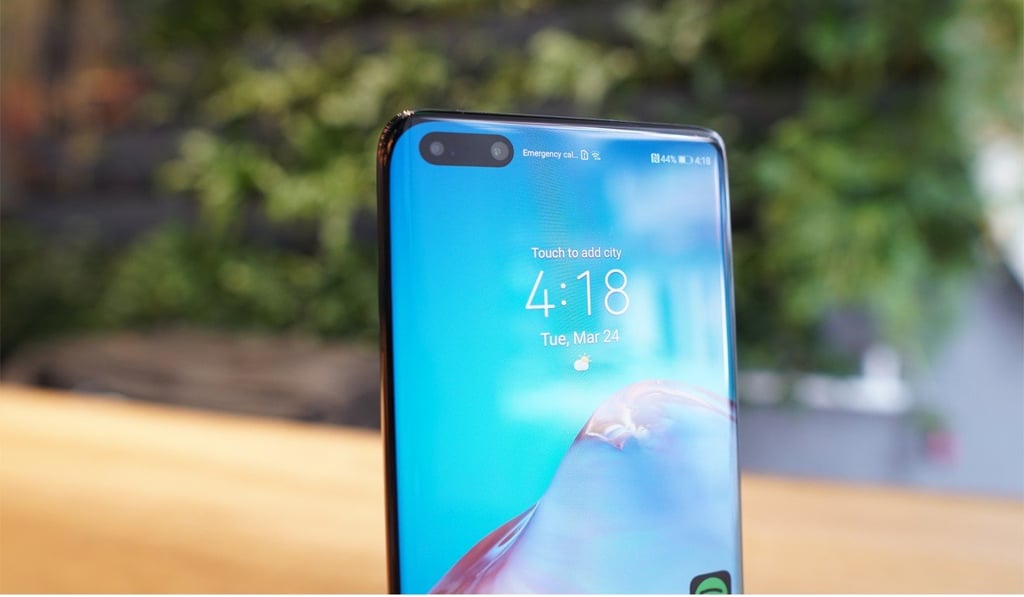Advertisement
Huawei P40 Pro first look: 40W wireless charging and the best lowlight camera
- Chinese smartphone maker’s new flagship phone the Huawei P40 Pro again sets a benchmark for phone cameras, and boasts other innovations too
- Its display is more fluid than previous Huawei phones, and it introduces a new voice assistant, Celia
Reading Time:4 minutes
Why you can trust SCMP

Huawei announced the launch of its new flagship P40 smartphone range on Thursday, consisting of three models: the P40, P40 Pro, and P40 Pro Plus.
The latter won’t be available until May, but I’ve been testing a pre-production unit of the P40 Pro for about 24 hours. These are my early impressions.
Cameras
Advertisement
The Huawei P20 Pro, launched in 2018, and Huawei P30 Pro, released last year, raised the bar for mobile photography. Many of the trends these models set, such as a triple camera lens set-up, Periscope zoom lens, and increasing sensor size, have been adopted by Apple and Samsung.

Advertisement
The P40 Pro has a new 50-megapixel main camera using Huawei’s custom-built RYYB colour sensor, with an image sensor measuring 1/1.28-inch.
Advertisement
Select Voice
Choose your listening speed
Get through articles 2x faster
1.25x
250 WPM
Slow
Average
Fast
1.25x